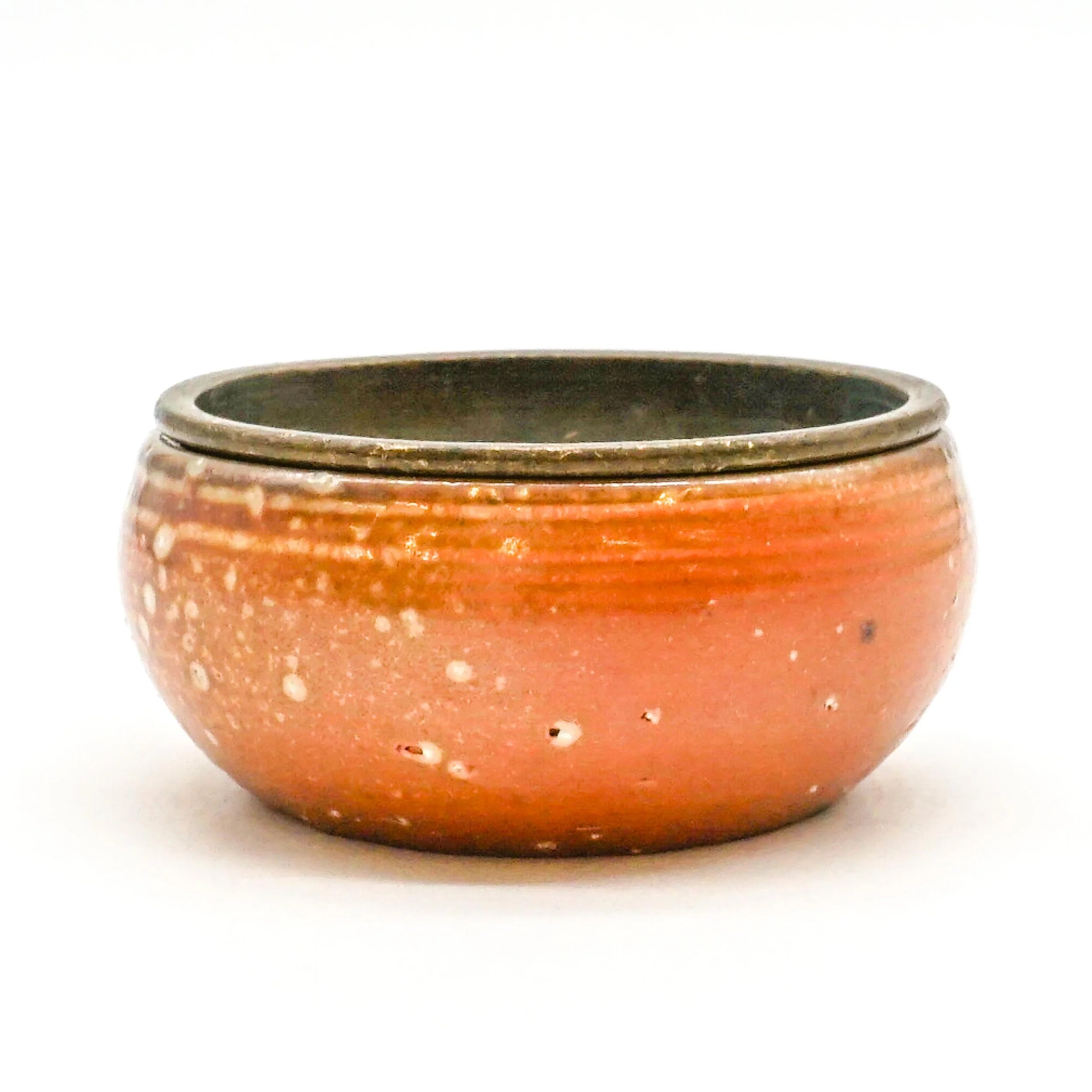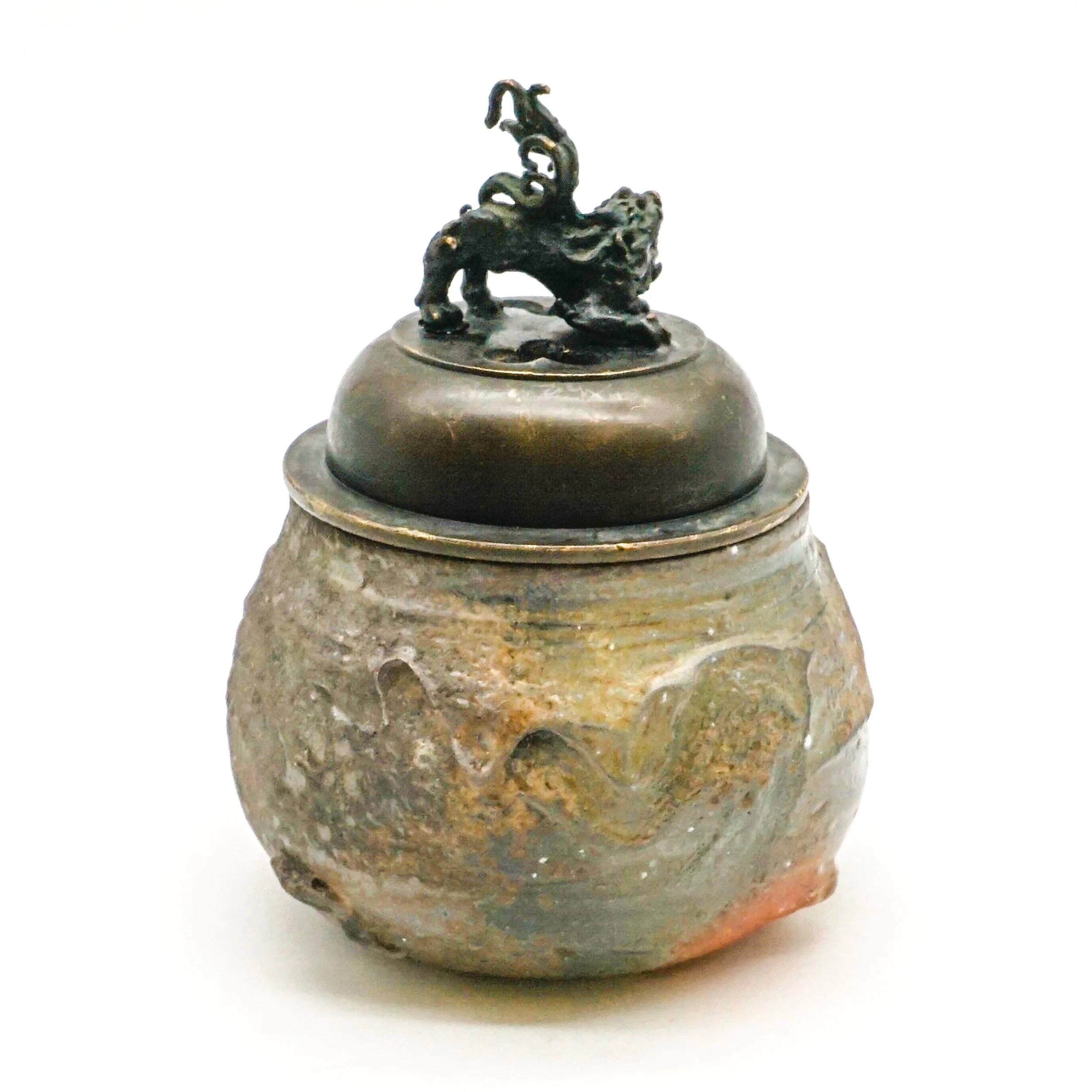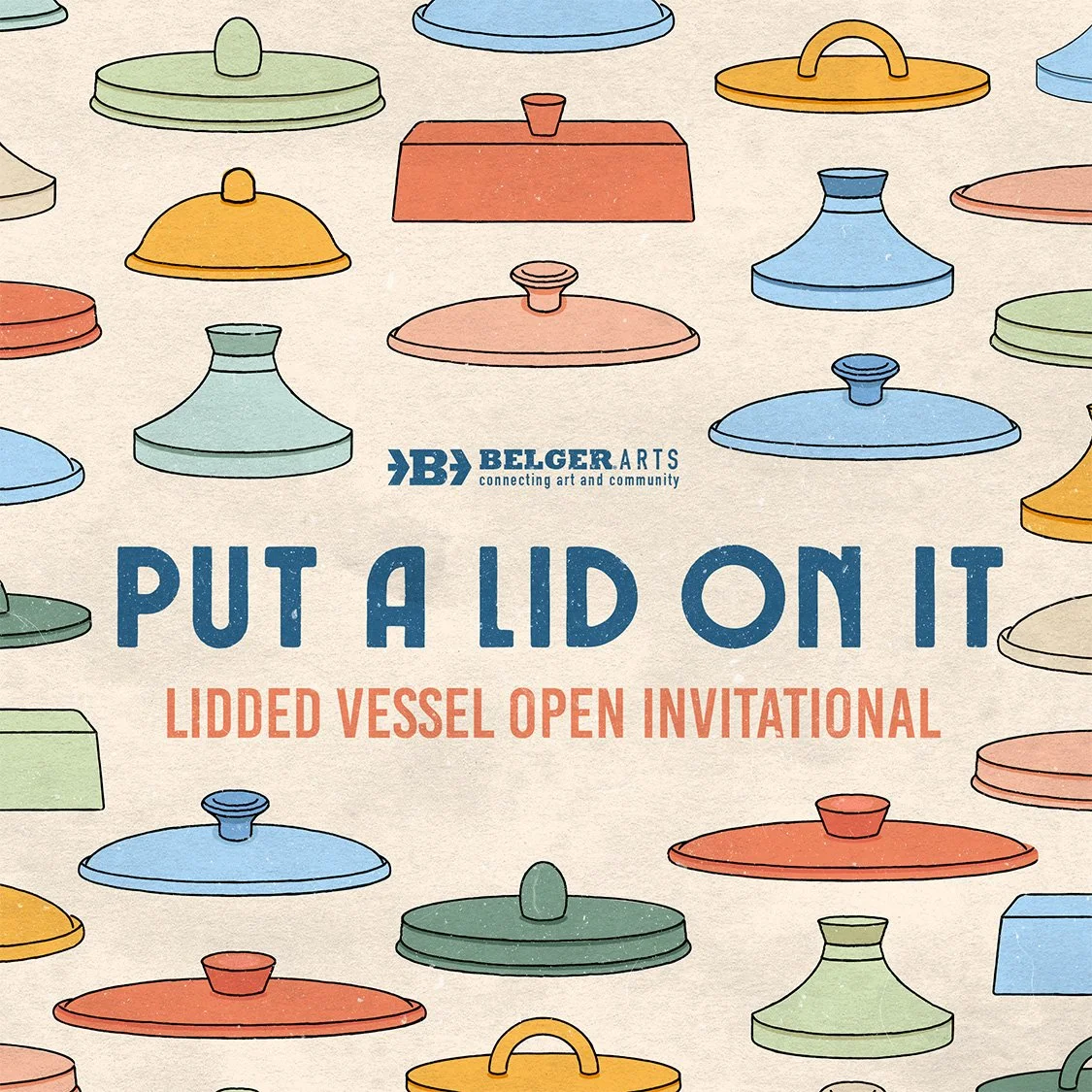Wei Cheng
Bio
Wei Cheng is a ceramic artist originally from China, now based in Vancouver, Canada. She holds a background in visual arts from Langara College and a BFA from Emily Carr University of Art + Design, where she developed a strong technical foundation and a deep appreciation for the material and conceptual potential of ceramics.
Her work explores themes of cultural identity, migration, and memory through form and surface. As an immigrant artist, she draws from both traditional and contemporary ceramic practices to investigate how material can carry history, narrative, and personal resonance.
Cheng’s work has been exhibited nationally and internationally, with recent presentations at the Ottawa Art Gallery, the Art Gallery of Burlington, the Canadian Clay & Glass Gallery, Canton-Sardine Gallery, and the Italian Cultural Centre. Her practice bridges traditional ceramic methods with contemporary approaches, creating connections between material history, cultural memory, and personal expression.
Artist Statement
My practice explores the intersections of cultural heritage, identity, and material history, rooted in the ceramic traditions of my upbringing in China and shaped by my life in Vancouver. Clay serves as both a physical medium and a conceptual bridge, connecting past and present, tradition and transformation.
In the “Be Loved” series, I repurpose antique lids by integrating them into newly crafted ceramic jars. These once-discarded and often overlooked lids are given renewed relevance through vessels designed specifically to receive them. The jars are spaces of memory and reimagining, challenging assumptions of completeness, utility, and worth.
The process not only restores their utility but elevates their presence, prompting viewers to reconsider how value and beauty are assigned to everyday objects. At the same time, this intentional pairing becomes a poetic act where the old and the new coexist to suggest continuity, care, and transformation.
Each pairing becomes a quiet conversation between time periods, aesthetics, and intention. By breathing new life into these forgotten artifacts, I hope to spark reflection on our relationship with material culture, impermanence, and the stories that objects carry. This act of transformation is also an act of care, honoring the past while shaping new meaning through craft.





